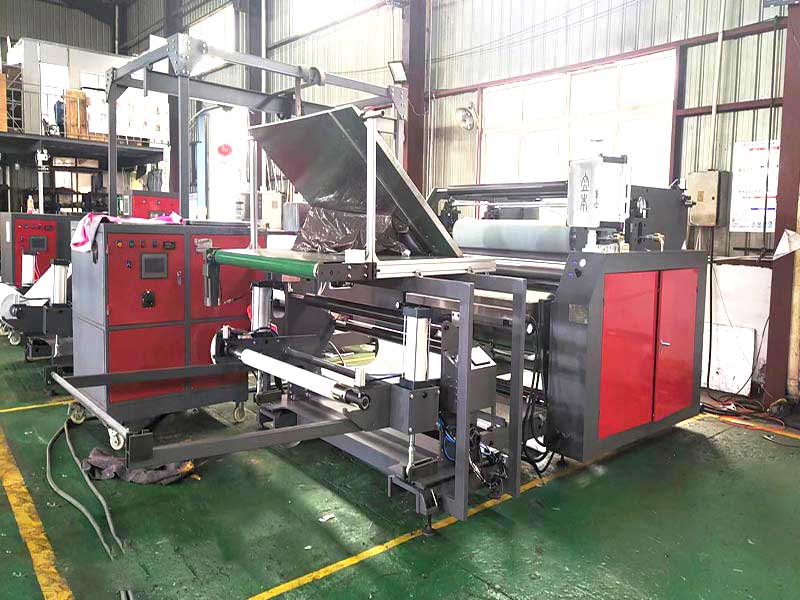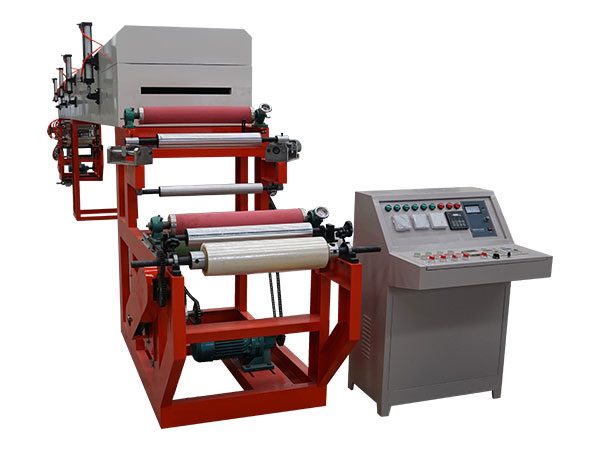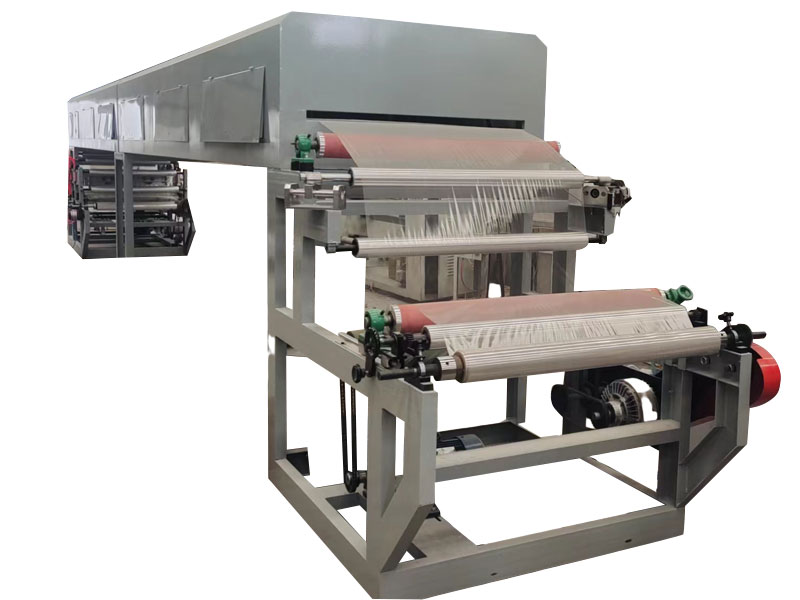Tension control system application performance analysis
The tension control system can have a variety of specific application scenarios, and its application performance analysis is as follows: When the tension sensor direct detection mode is adopted, the tension sensor directly measures the actual tension value of the raw material, and then converts the tension value into a tension signal and feeds back to the tension controller. By comparing this signal with the preset tension value of the controller, the control signal is calculated, and the automatic control execution unit adjusts the actual tension value to be equal to the preset tension value to achieve the purpose of tension stabilization. It is a relatively advanced tension control method. When the floating roller tension detection method is adopted, the floating roller potentiometer accurately detects the change signal of the floating roller position and feeds back to the tension controller. The tension controller calculates and outputs a control signal, controls the servo drive system to adjust, and then the floating roller Restore to the original equilibrium position. Since the floating roller tension detecting device itself is an energy storage structure, it has a good absorption buffering effect on a wide range of tension jumps by utilizing its own residual action, and can also weaken the eccentricity of the raw material and the speed change to the tension. influences. At present, the most advanced and superior performance is the tension control system designed according to the floating roller position + tension sensor composite tension detection method.



